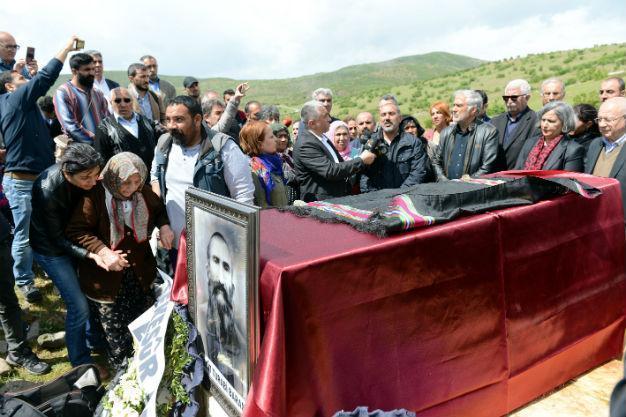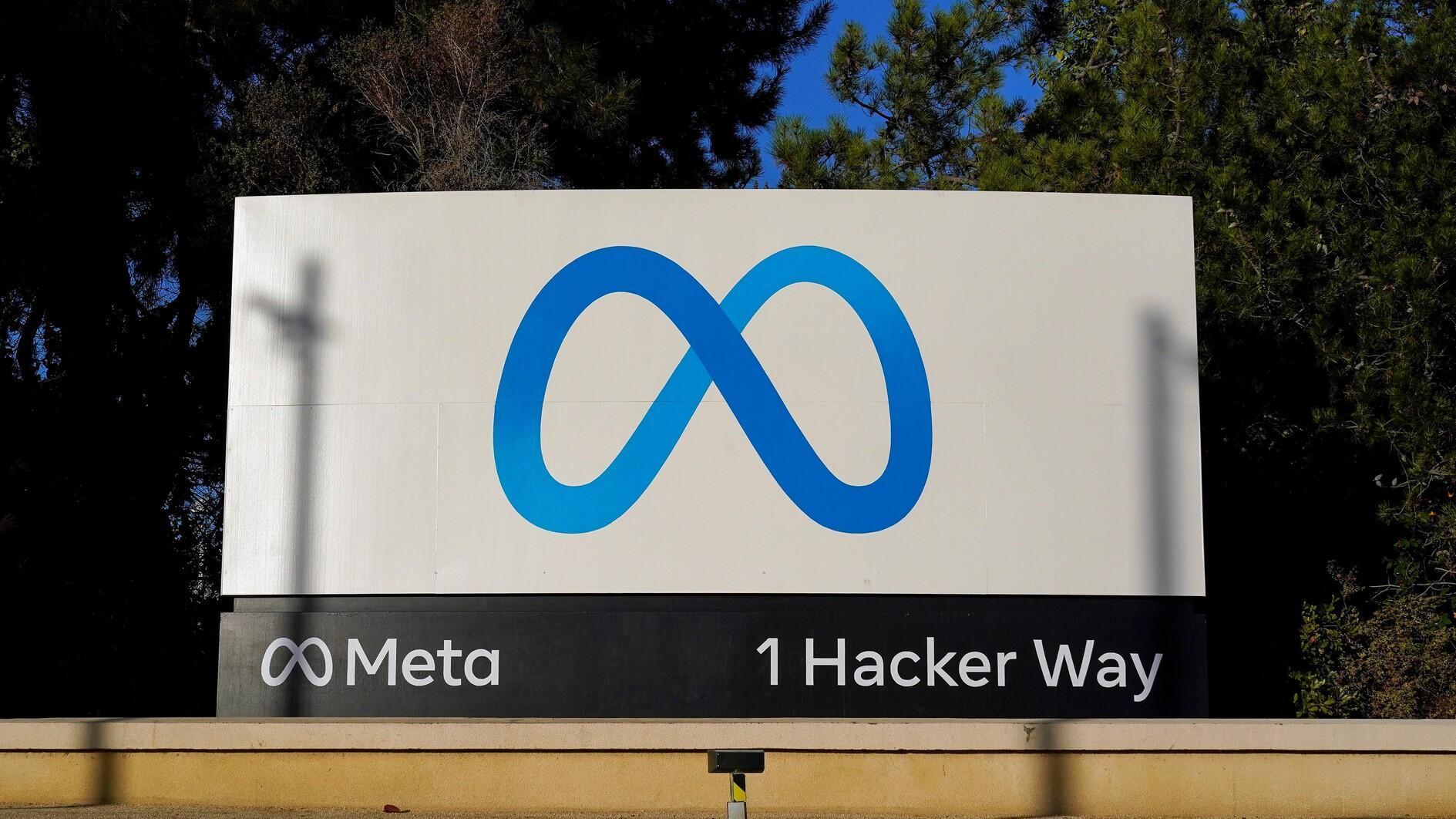Bones of Dersim massacre victims reburied in ceremony
TUNCELİ – Doğan News Agency

AA photo
The bones of 11 victims of the Dersim massacre in 1938, including seven children, have been reburied in a ceremony in the current-day eastern province of Tunceli after having been recovered in mass grave excavations a year ago.A memorial was held in the Karabakır village of Tunceli’s Hozat district to remember the 11 victims of the 1938 massacre in Dersim, an older name of Tunceli.
Diyarbakır Mayor Gülten Kışanak, Democratic Regions Party (DBP) co-chair Kamuran Yüksek, Peoples’ Democratic Party (HDP) Tunceli deputy Alican Ünlü and Tunceli co-mayors Mehmet Ali Bul and Nurhayat Altun took part in the ceremony, in addition to the victims’ families and other prominent local figures.
Human bone fragments were found during an excavation in April 2015 in order to determine whether 24 people from the Canan and Baran families were buried in the region in a mass grave, as claimed by their relatives.
The Forensic Medicine Institute conducted a number of tests to determine the age of the bones, which were discovered 20 centimeters beneath the ground, who they belonged to and how long they had been underground.
Investigation revealed that 11 people, including seven children, were buried in the grave more than 50 years ago. Imprints with names of the victims were also recovered from the area, alongside numerous bullet cartridges and empty bullet casings which matched the army ammunition used at the time of the massacre, the lawyer of the Canan and Baran families, Cihan Söylemez, said.
DNA samples were also collected from the families of the victims which matched the DNA of the bones found inside the mass grave.
“The forensic excavations in April 2015 revealed a second result, which is the fact that members of the Canan and Baran families were buried in two different locations,” Söylemez claimed, explaining that a total 24 family members were killed but the mass grave in question included the remains of only 11.
“The necessary legal process to reveal their location will be promptly initiated,” he added.
The bone fragments of all 11 victims were enshrouded together and buried inside a single coffin. Laments for the dead were sang in Kurdish following a religious ceremony.
Meanwhile, a commemoration was held in front of the Galatasaray High School on Istanbul’s central İstiklal Avenue for the victims of the massacre.
A group of some 200 protesters staged a sit-in, holding photos of the victims and reading testimonials from witness accounts.
Over 13,000 people were killed in Tunceli during a military operation to quash an apparent Kurdish tribal rebellion during the single-party era. Seyid Rıza, the leader of the rebellion, was executed in 1937.
The Baran and Canan family members claim that 24 of their ancestors, including women and children, were taken from the Karabakır village on Aug. 14, 1938, and executed at the Saka Sure neighborhood by military personnel.
The surviving family members wanted to erect a monument in memory of 24 people in the area where they claimed the execution took place, but stopped construction work after finding bones in the area. Demanding an examination of the bones, the families then applied to the Hozat Public Prosecutor’s Office, which rejected the demand, saying the incident exceeded the statute of limitations.
Söylemez subsequently applied to the Erzincan High Criminal Court to cancel the ruling of the prosecutor’s office. The higher court agreed that the incident should be investigated. The court said in its July 17, 2014, ruling that the prosecutor’s office had decided the bones dated back to 1938 without conducting medical examinations.
















